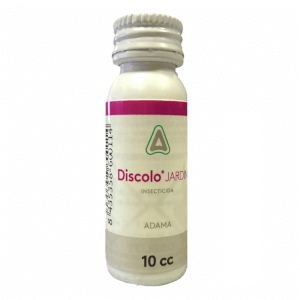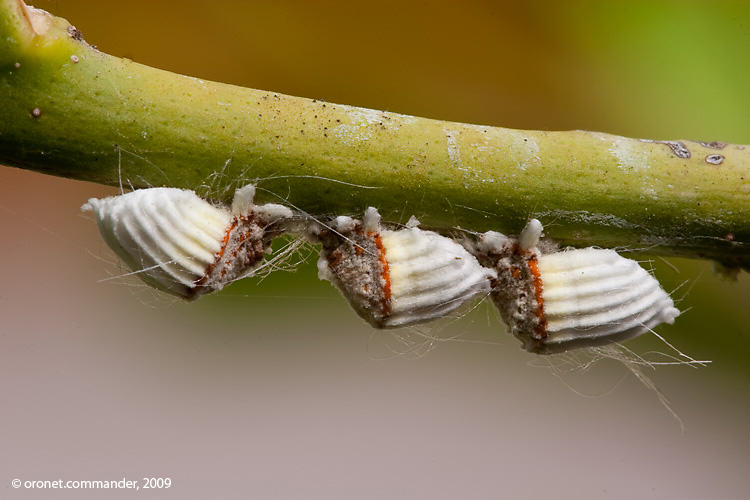Fungus gnats and cannabis plants
List of contents
What are Fungus gnats?
Fungus gnats or sciaridae flies (sciaridae), are small flying insects of the Diptera order with a size between 3 and 5mm. These small, dark-coloured flies usually appear on the lower parts of the plants and in the substrate. They feed on molasses, sugars, and decomposing organic material. Their favorite environmental conditions are low light intensity and high humidity, as well as warm temperatures; thus, they are common guests in greenhouses and indoor crops. Hydroponic systems are especially sensitive to this pest, although organic substrates with excess moisture are also an excellent habitat for these insects.
There currently are about 1.700 species of sciarid flies known. Still, it’s estimated that the total number of species in this family can reach around 20.000 (located mostly in the tropics), 600 of them established in Europe. Their body and wings are dark and elongated, and in many species the females are wingless.

Propagation of fungus gnats
As we have said, sciarid flies require poor lighting and humid, warm conditions for proper development and reproduction. After the pairing between male and female, they lay around 50-200 eggs in the substrate, which hatch after 48-72 hours under favorable conditions. Then, during the next 2-3 weeks, the larvae pass through four different development stages before reaching the adult stage. In its last stage, larvae are white with black heads, and measure approximately 5mm in length.
At this point, they spin a cocoon and emerge as adults about 72 hours later. Depending on environmental conditions, their propagation can be fast enough to cause problems in the crop. Thus, proper prevention is essential for effective control of this insect.

Symptoms and damages caused by fungus gnats on cannabis plants
As happens in many cases, this plague can cause direct or indirect damage to the plants. Larvae mainly cause direct damage: they feed by chewing the fine root hairs, thus affecting nutrient uptake and increasing the chances of fungal infections in the roots like the feared Pythium. Indirect damage is caused both by larvae and adults, leading to diseases, virus infections, or fungal growth.
The typical symptoms of this pest are a slowdown of the plant's growth, sometimes followed by fungal infections such as the aforementioned Pythium or others such as Phytophthora, Fusarium, Verticillium, or Botrytis.
Prevention and management of fungus gnats on cannabis plants
As we always say, it is much better to prevent a pest than to combat it. In this case, we should maintain moderate humidity and never over-water our plants; keeping the top layer of substrate dry will greatly reduce the presence of these insects since over-watered growing media is the perfect habitat for the larvae. Another solution is covering the substrate with vermiculite or some type of mulching so adult females can't lay their eggs in the top layer of the substrate.

Neem flour is an effective control method for this pest. This product is ideal for combating pests in the substrate, whether flies, larvae, or any other insect are feeding upon the roots. After watering the plants, pour neem powder on the substrate until forming a thin layer. This layer "seals" the substrate so no adults can lay eggs on it, and no larvae can emerge from it.
As happens with many flying insects, the use of yellow sticky traps will cause a large number of casualties among adults, reducing their population and, consequently, their reproduction rate. We can also water the plants regularly with neem oil diluted in water or with some insecticide soap. There are also numerous home remedies such as using lemons with cloves (this aroma repels the insects) and spraying the substrate and lower parts of the plant with cinnamon or mint-based insecticides, or with vinegar diluted in water, etc.
Biological control of fungus gnats on cannabis crops
With regard to biological control, we have several alternatives. We can use Steinernema feltiae, a microscopic entomoparasitic nematode that feeds on insects without affecting plants, animals, or the environment. Another option is the predatory mite Hypoapsis Miles or the beetle Atheta Coriaria, both efficient weapons against this pest, especially larvae.
If you choose chemical insecticides – and we always suggest their responsible use as a last, desperate choice because of possible negative effects on other living beings and the environment - you can try Diazinon, sold by various brands, or some imidacloprid-based insecticides for cannabis (use half the dosage indicated by the manufacturer and check results). Usually, a single application - or two at most - will be enough to eradicate the pest.

Remember that observing proper maintenance and hygiene practices in our growing space will reward our efforts with a clean harvest of top quality buds. As the saying goes...better safe than sorry!
All the best!








































































